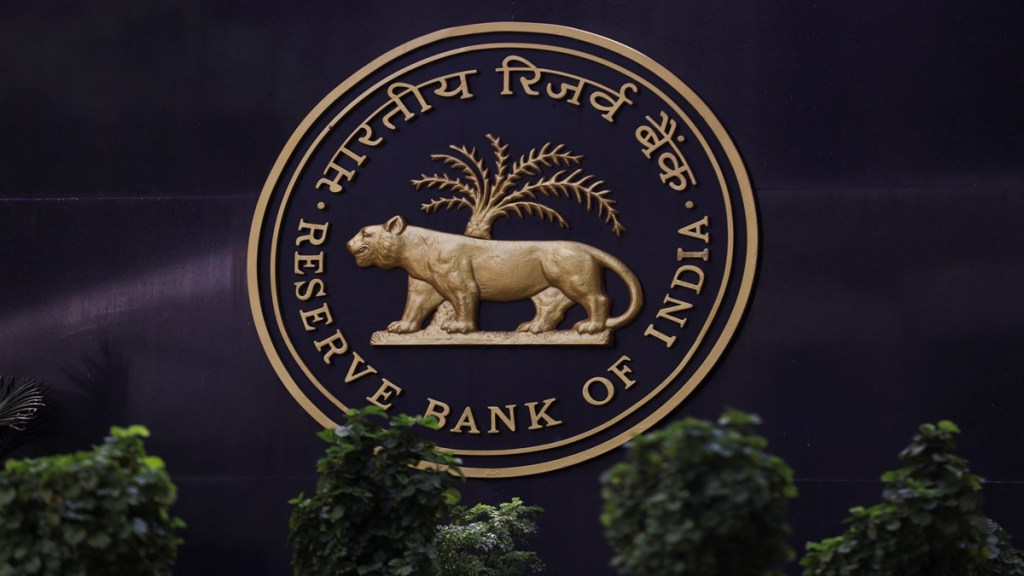By Amarendu Nandy & Aayush Anand
A spate of extreme weather events like devastation from Hurricane Milton in the United States or those closer home in Kerala, Assam, and North India underscores the growing frequency and severity of climate-related disasters, and highlights the urgent need for robust climate risk management, both globally and domestically. According to the Global Climate Risk Index, India is the seventh most vulnerable country to climate change worldwide.
In this context, the Reserve Bank of India (RBI)’s recent initiative of the Climate Risk Information System (RB-CRIS) can be viewed as a significant and timely step. The initiative addresses a fundamental challenge in climate risk management — the lack of standardised, high-quality data. The fragmented nature of climate information has long been a stumbling block for financial institutions in quantifying their exposure to climate risks. RB-CRIS seeks to bridge this gap by providing a centralised repository of processed, standardised climate data that could help integrate such risks into financial supervision and macroprudential policy.
RB-CRIS shall comprise two components — first, a publicly accessible web-based directory of data sources, including meteorological and geospatial information that will benefit not only regulated entities but also other stakeholders, including the public; and second, a portal of processed data sets in standardised formats for regulated entities that shall equip financial institutions with the tools necessary to conduct thorough climate risk assessments.
The implications of RB-CRIS for India’s banking sector are likely to be profound. Banks with exposure to sectors vulnerable to climate change, such as agriculture, infrastructure, and energy, face heightened credit risks. Access to standardised climate data will enhance banks’ ability to perform stress testing and scenario analysis — critical components of effective risk management. Banks can evaluate the potential impact of various climate scenarios on their loan portfolios, capital adequacy, and overall financial health. This, in turn, will inform strategic decisions around lending practices, asset allocation, and capital reserves. Institutions that effectively integrate climate risk assessments may gain a competitive advantage by better pricing risks and identifying opportunities in green financing and sustainable investments.
However, the success of RB-CRIS shall hinge on addressing several policy imperatives. Firstly, the effectiveness of this system will critically depend on the quality and reliability of the data provided. To ensure accuracy, robust methodologies for data collection, processing, and verification must be established. Furthermore, the interoperability of RB-CRIS with banks’ existing risk management systems is essential, which may necessitate technological upgrades across the banking sector.
Secondly, the initiative will necessitate India’s banks to develop the capacity to interpret and act on climate data. Smaller regional banks, in particular, may lack the expertise to translate this data into informed risk assessments and strategic decisions, which could inadvertently heighten systemic risks by creating a gap between well-resourced banks and smaller institutions. Therefore, sector-wide capacity-building efforts, including targeted training and resource support, will be absolutely crucial to ensure that banks of all sizes can manage climate risks effectively.
Thirdly, the central bank must provide clear guidelines on how to effectively utilise the RB-CRIS data in forward-looking climate scenario modelling. This is especially crucial as the RBI has signalled that regulated entities will soon be required to disclose governance, strategy, and risk management metrics in line with international standards, including those set by the Task Force on Climate-related Financial Disclosures and the IFRS S2 framework. These guidelines would help align Indian banks’ practices with global expectations, aiding in the seamless adoption of climate-informed decision-making.
Fourthly, the government and the RBI must leverage RB-CRIS data for policy applications within climate-vulnerable regions and sectors. For instance, incentives for climate-resilient infrastructure could mitigate risks in cyclone-prone areas, while macroprudential measures like a carbon countercyclical capital buffer could fortify the financial system by requiring banks to increase equity capital during periods of high carbon-intensive credit exposure.
Fifthly, there’s a risk that RB-CRIS could inadvertently encourage a tick-box approach to climate risk management. Banks might focus on complying with the letter of any new regulation rather than genuinely integrating climate considerations into core business strategies. To address this potential challenge, the RBI should develop a comprehensive climate risk governance framework mandating board-level oversight, implement stress tests that assess business model resilience, and introduce a disclosure regime emphasising qualitative aspects of banks’ climate strategies.
Finally, there is the broader economic impact to consider. Nudged by RB-CRIS, as banks adjust their risk assessment models to account for climate change, there may be an uncalibrated shift in lending away from carbon-intensive industries. While this supports environmental objectives, it raises concerns about the economic transition for sectors and communities reliant on these industries. Policymakers must develop strategies to support a just transition, ensuring that efforts to mitigate climate risks do not exacerbate social and economic inequalities.
The writers are respectively assistant professor, economics area, IIM Ranchi, and executive, BSNL.
Disclaimer: Views expressed are personal and do not reflect the official position or policy of FinancialExpress.com. Reproducing this content without permission is prohibited.
b

